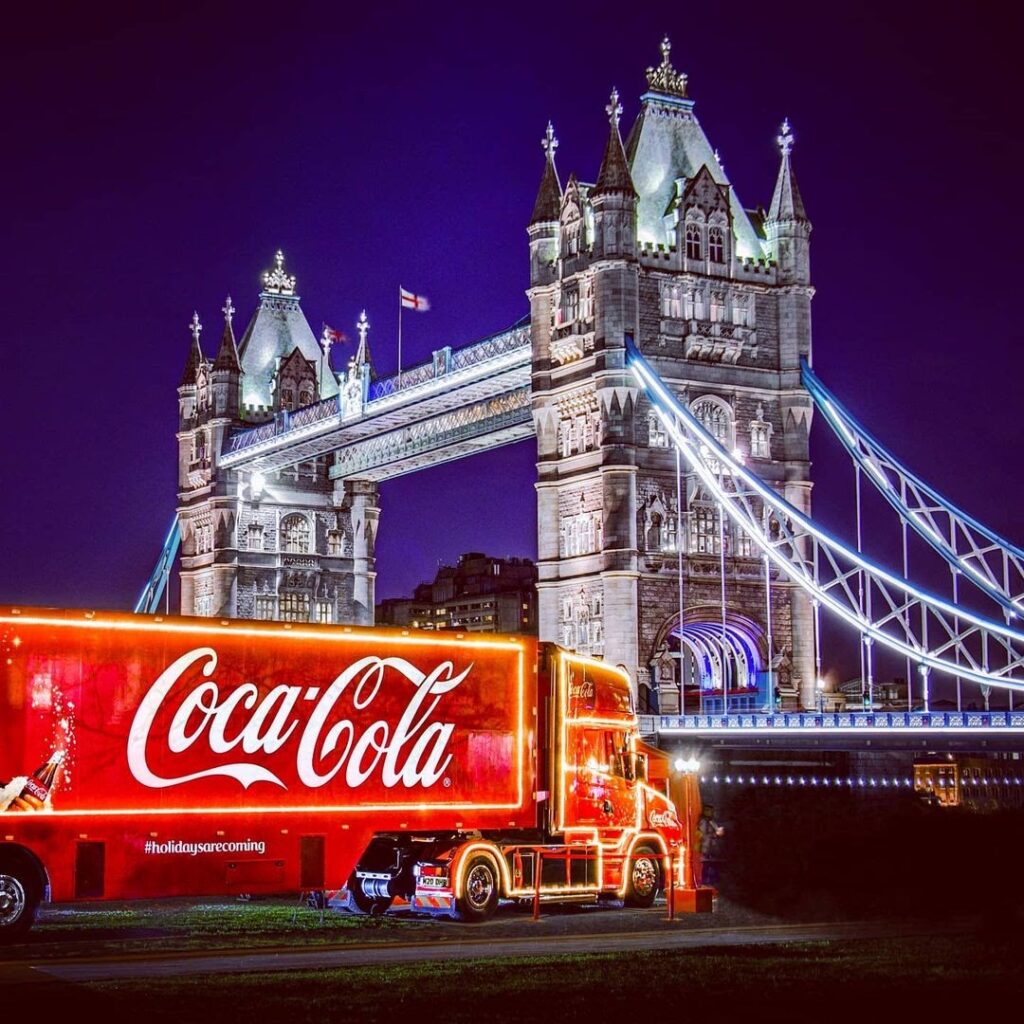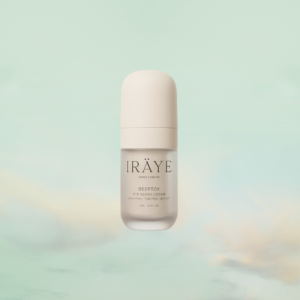What’s in a name? The meaning behind the names of the world’s nine biggest brands

Choosing a name for your business can be difficult for many startups, and deciphering which words have a memorable appeal and will help your brand recognition grow can be a troublesome task.
The team at ZenBusiness have looked into the history behind the names of some of the world’s biggest brands, from the names with a logical meaning to those simply named after their founders, and JC Glancy’s tips from ZenBusiness to help you avoid choosing a bad business name.
Coca-Cola
Founder John S. Pemberton created the popular fizzy drink’s brand name ‘Coca-Cola’ by combining the names of its two key ingredients coca leaves and kola nuts. Pemberton decided to drop the ‘k’ on the word kola and replace it with a ‘c’ as he thought it looked better aesthetically on the logo.
Nike
Bill Bowerman and Phil Knight named the sports and fashion brand ‘Nike’ in 1971, after Nike the Winged Goddess of Victory. Greek Mythology not only inspired the brand’s name but the logo too, with the famous ‘swoosh’ designed to convey motion and speed derived from the wings of the goddess.
Netflix
Reed Hastings and Mark Randolph created the brand name ‘Netflix’ by combining two of the product’s most fundamental elements. The first half of the word “Net” is taken from the word Internet and the latter half “Flix” is a shortened version of the word flicks, a synonym for film.
Zara
The high-street retail giant ‘Zara’ received its name as an afterthought by founder Amancio Ortega after his first choice didn’t go to plan. The clothing entrepreneur opened his first store in 1975 under the name ‘Zorba’ before realising there was a bar with the same name a few streets away. As Ortega had already had the store sign made, he rearranged some of the letters and just added an extra ‘a’ to create the brand name ‘Zara’.
Starbucks
When creating the name of the now-famous coffee shop ‘Starbucks’, co-founder Gordon Bowker was inspired by the tale of Moby-Dick and the traditional coffee traders. Initially, he wanted to name the brand Pequod, after the boat from the famous book. However, fellow co-founder Terry Heckler argued that they should name it Starbuck after the ship’s First Mate, reasoning that nobody would want to go for “a cup of pee”. An apostrophe later, and Starbuck’s was born.
IKEA
The successful (Swedish originating) furniture and homeware shop ‘IKEA’ pays homage to its founder through its brand name. IKEA is a combination of founder Ingvar Kamprad initials, with the latter two letters being the initials of the farm on which he grew up (Elmtaryd) and the nearby village (Agunnaryd).
Visa
Dee Hock founder of the credit card company ‘Visa’ was very strategic when selecting the name for his company. He decided on the name ‘Visa’ as the word was easily recognisable in many countries and languages and it also denoted universal acceptance.
Amazon
After being advised against calling his store ‘Cadabra’ Jeff Bezos’s first idea for a name, he decided he wanted the brand name to begin with the first letter of the alphabet. After flicking through the ‘A’ section of the dictionary, he eventually came across the word ‘Amazon’ which seemed a perfect fit for the brand, as it was the world’s largest river and he was about to open the world’s largest bookstore.
Samsung
Founder Lee Byung-Chull decided to cal his brand ‘Samsung’ as the definition behind the Korean word means ‘three stars’, and his vision for the company was for it to become powerful and everlasting, much like the stars in the sky.
6 tips For Naming Your Startup Business by JC Glancy, co-founder of ZenBusiness
Choose a wide-ranging business name – For example, you don’t want to choose a name that has a geographic location in the name or one particular service, as you might want to expand your business to new areas and include new services.
Avoid using a difficult brand name – Try to avoid choosing a name that’s too long to remember, confusing to understand or hard to spell or pronounce.
Check the name you’ve chosen isn’t associated with anyone else – You can do this by searching the name into different search engines, checking with your county clerk’s office to see if your name is already on their list and searching the federal trademark database via www.uspto.gov.
Embrace feedback – Once you’ve created your list of brand names for your business, make sure to run these past colleagues, friends and family members for feedback as they might address issues you’ve overlooked.
Consider Domain Name Availability (the internet address for your website) – Even if you’re not planning on setting up a website immediately, reserving your domain name should be a priority as many common or popular names are already taken or get taken quickly. If the domain name you’re searching for is already taken, you will be provided with a list of alternate versions you can choose from.
Avoid using unusual spellings of words – It can be tempting to use obscure spellings of words to get around the fact that a name you’d like to use is already taken, but doing this can hinder your business going forward. Unless you’ve done a good job of optimizing your site for search, unusual spellings of words can lead to your business page slipping through the net if someone is searching for the name but doesn’t remember the spelling.”




